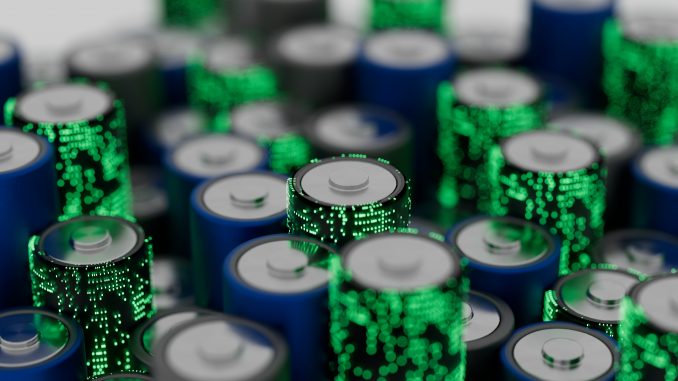
The clean energy package will stimulate manufacturing and retail of sustainable energy products, but might the battery sector be looking at unintended consequences?
The EV sector is already hyper stimulated with demand outstripping supply. Latest research from across 18 countries shows that 52% of car buyers want their next car to be a BEV[i] but vehicle production is still only at 8% of global supply.
Combine this with a surge in battery energy storage – the 50 per cent increase in capacity of 2020 over 2019[ii] now looks to become annual cumulative growth – and demand for batteries will not meet supply.
Every requirement for inflation is therefore in place in the battery market, but could it go the same way as the semi-conductor market?
The crisis in the semi-conductor industry, where shortages caused delays across the automotive industry, has just flipped into an over-supply situation. The semiconductor industry is now facing a downturn. Manufacturers are slashing billions from their spending plans[iii], following a nose-dive in sales from related industries such as mobile phones and gaming.
Could the same happen to the battery industry? Alex Johns from battery health insurance company Altelium, says there are solid reasons why this won’t happen.
Firstly, the type of batteries made for vehicles and energy storage are the same, but the technical requirements mean few are used in consumer products, so there are no other market influences.
More importantly, the $7,500 tax credit toward the purchase of any battery vehicle including plug-in hybrids, part of the Inflation Reduction Act, is a huge incentive and will increase sales. Academic research suggests that every $1,000 worth of EV tax credits drives a 2.6% increase in EV sales[iv].
It seems perverse to stimulate sales of cars which are still high lifetime CO2 emitters, as plug-in hybrid vehicles can be, but this could be the only way to encourage consumers, wedded to the oil and gas industry, to experience the electric charging and the day-to-day fuel cost savings of battery power.
The stimulation of plug-in hybrid vehicle sales alone will dramatically increase competition for batteries. When added to the inevitable increase in demand for full BEVs (using batteries approximately 9x larger than each plug-in hybrid), the supply and demand imbalance becomes glaringly obvious. Price inflation and supply chain limitations are inevitable.
To manage this challenge, there are only three options available: (a) raise battery and EV prices to suppress demand; (b) produce more batteries for vehicles and energy storage or (c) make batteries last longer.
Much has been written about options (a) and (b), but few realise the substantial difference that can be made by maximising the life of all the batteries, option (c). It is the quickest, cheapest and most sustainable way to manage the inflationary situation that has been created.
Is the industry promoting this sustainable approach sufficiently?
Our research shows that the life of a battery can be extended by 400 per cent through informed use. Altelium’s EV warranties and energy storage insurance products are based on world class knowledge of battery performance and health.
Our raison d’etre is to protect any investment in batteries. Our active warranty and insurance policies show how to extend the life of batteries, with incentives for good planning and operational practices.
We also make it possible to sell and operate second life batteries with much greater confidence, which is the cornerstone to a viable circular economy and trade in batteries.
The U.S. Senate’s Inflation Reduction Act certainly looks a misnomer for the EV battery market, but this doesn’t mean it will necessarily be a bad thing.
It may create the world largest experiential programme for electric drive power. As this happens, we must ensure people are also taught how to maximise the health and life of their batteries. With this education, and good insurance policies in place, the Act could well deliver on its climate change intentions in the long run.
[i] https://www.ey.com/en_gl/automotive-transportation/mobility-consumer-index-wave-3
[ii] https://www.iea.org/reports/energy-storage
[iii] https://www.ft.com/content/60fc295d-e9d1-4c2b-92fe-f9dc06a822e4
[iv] https://www.sciencedirect.com/science/article/abs/pii/S0301421518302891
